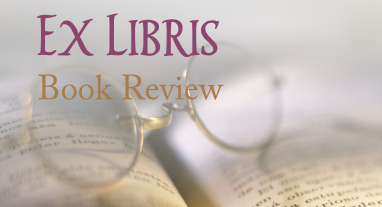
Copyright © 2012 Ilona Goin. www.thegoldenthreadoflife.com. The Golden Thread of Life is a publication of Golden Thread Publishing, a function of Opus 9 Media LLC.








The Oxford English Dictionary
By Ilona Goin
By Ilona Goin
The Oxford English Dictionary has no rival, and most would say, “Thank goodness for that. Eight volumes of verbal minutia is enough.”
For the average user of the English language—those for whom a dictionary and thesaurus are sources of pedantic, annoying correction only occasionally consulted—the OED could be a nightmare. For the linguaphile it can produce hours of amusement, amazement, insight, and beauty.
A student of Norwegian, Danish, Old Norse, English, German, and French, and also a singer of Latin and Italian, I’m reasonably comfortable navigating through the landscape of Indo-European languages. I can triangulate my way to a rudimentary understanding of Dutch by relying on Norwegian, German, and English. Among the major modern languages of Western Europe, only Spanish remains a complete mystery to me.
Lacking knowledge of Ancient Greek poses a greater obstacle to



historical research. But never mind, the Internet holds an astonishing amount of excellent translations.
For those who are fascinated with etymology and the history of the Indo-European languages, the OED offers an outstanding window on the linguistic evolution, cross-pollination, and borrowings that take place over centuries and across hundreds, even thousands, of miles.
The field of linguistics tells as much about history as does biography, geography, topography, or geology. Ancient languages long in disuse still hold the same kind of clues to life in the past as do fossils or skeletal remains.
Like forensic scientists piecing together a picture of events from evidence left behind, the linguist. or any other type of lover of language, uses words as data to create detailed computer graphics models of any timeframe or cultural entity. Based solely on what is known about the language a people spoke, linguists can resurrect the lifestyle and conditions of our ancestors and give us entrance into their world.
The spelling and pronunciation of a word can be placed on the timeline with the accuracy of carbon dating. Its latitude, environment, and growth rate can be ascertained with the certainty offered by studying tree rings.
Words trace trade routes and migration patterns, conquests, and the spread of religious ideas. They reveal people’s relationship to the divine, their ideals and mores, the structure of their society, and their literature and technology.
In short, language is a key to consciousness, and the OED is a key to language. It is therefore much more than a reference book for spelling and definitions; it is at once a telescope and a microscope that allows us to see distant times and people in great detail. Not many literary works can claim such far-reaching powers.

Posters, prints, cards, and bookmarks
Photographs and designs to lift the spirit:
